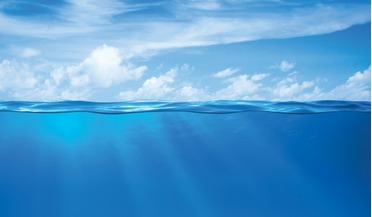 October 2017
Colouring our view of the oceans
October 2017
Colouring our view of the oceans
...of water aren’t always blue. Blooms of microscopic algae, otherwise called phytoplankton, spread over large expanses of the ocean and are visible because of their photosynthetic pigments, primarily chlorophyll. Regional seas, coastal zones and inland...
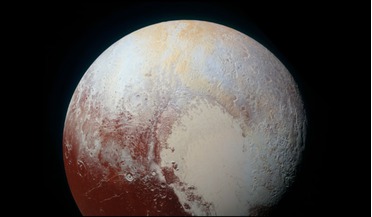 22 June 2016
Does a subsurface ocean exist on Pluto?
22 June 2016
Does a subsurface ocean exist on Pluto?
... extensional tectonics on the planet’s surface. Exactly the sort of features observed with New Horizons. Nonetheless, if a subsurface ocean had frozen a sufficiently long time ago, it is suggested that low temperatures and high pressure within Pluto...
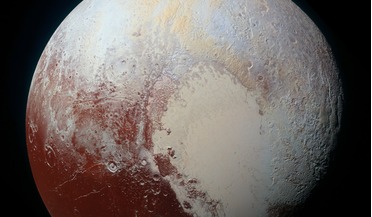 20 May 2019
A thin layer of ice-trapped gas stops Pluto's oceans from freezing
20 May 2019
A thin layer of ice-trapped gas stops Pluto's oceans from freezing
...surface would be able to provide. As such a freezing ocean would form clathrate hydrates rather than water ice if dissolved... of both. The research could also help explain why similar oceans on other icy planetary bodies, such as Europa and Enceladus,...
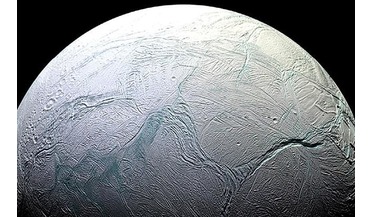 26 March 2021
Enceladus could have ocean currents like those on Earth, new study says
26 March 2021
Enceladus could have ocean currents like those on Earth, new study says
...Using their knowledge of ice and water interactions to drive ocean mixing around Antarctica, a team of researchers headed by ...it also helps scientists understand which regions of the subsurface ocean might be the most hospitable to life and could one ...
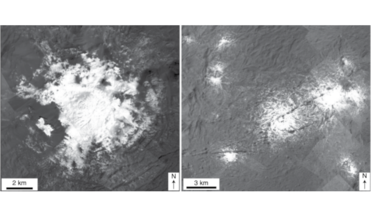 10 August 2020
Salty dwarf planet Ceres could be hiding an ocean
10 August 2020
Salty dwarf planet Ceres could be hiding an ocean
... of Ceres, suggesting that material is reaching saturation in the ocean and is being incorporated in the crust upon freezing,” says ...to be brought onto habitability through time in these evolved oceans, which are likely to be rich in organic matter...
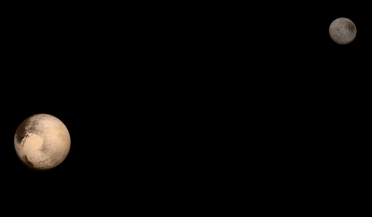 22 June 2020
Icy Pluto may have started off hot with an early ocean
22 June 2020
Icy Pluto may have started off hot with an early ocean
...from freezing. Once it became a giant snowball, a subsurface ocean started to develop due to warming from radioactive decay. Growing...also underwent a hot start. Though in Charon’s case the ocean is not expected to have survived to the present day, say...